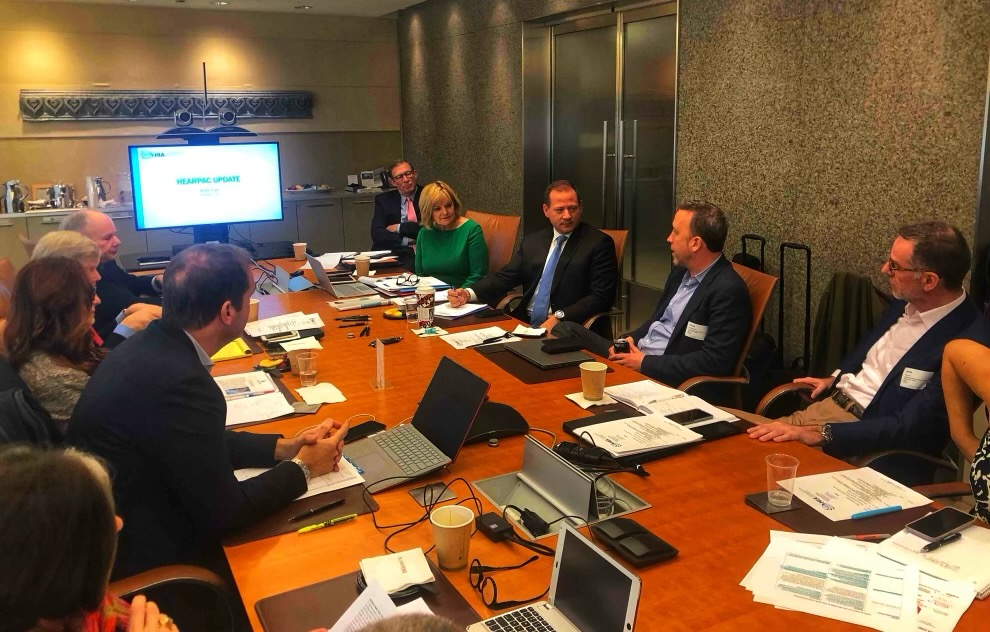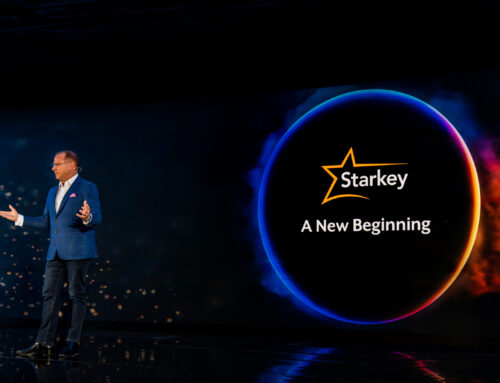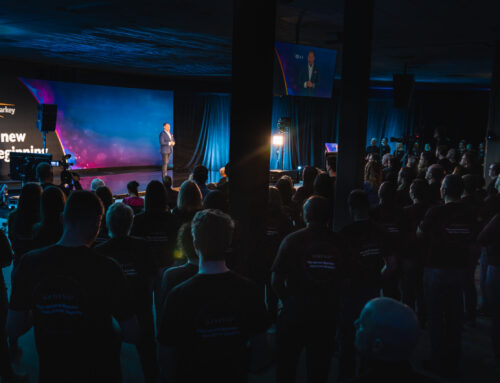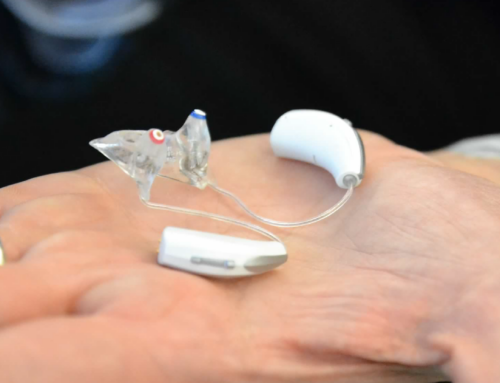I have been around the hearing industry since I was seven years old. I remember traveling to service centers as a kid and talking to people in my parents’ office, Professional Hearing Services, who were there to buy a hearing aid. As a child, I only understood a hearing aid to be a device that helped people hear, but I also noticed it made them smile more. Fast forward 38 years, and I now know that a hearing aid is so much more than that. It’s not “just a hearing aid.” It’s a medical device regulated by the FDA that connects people back to their lives through innovative and sophisticated technology. Hearing aids should not be confused with consumer electronics that someone can buy online or off the shelf. Like a fingerprint, no ear or hearing is alike. So the road to better hearing will always be best traveled with a trained and licensed hearing care professional. It’s important that the hearing industry continues to educate not only consumers but lawmakers about the safest and best way to help people with their hearing.
In my current role as President and CEO at Starkey, I see the impact that modern hearing technology has on people and families every day. Since 2017, I’ve also had the honor of serving as Chairman of the Hearing Industries Association (HIA) here in the United States. HIA was founded in 1955, and today, its members are responsible for the majority of the more than 4 million hearing aids purchased annually by hearing healthcare professionals. HIA remains the only association in America dedicated to representing hearing aid technology and the manufacturing of these life-changing medical devices.
I was elected Chairman of the Hearing Industries Association in the spring of 2017, and along with other industry leaders, I knew HIA had to regroup and adapt to not just the present, but the decade ahead in hearing healthcare. For decades, the hearing industry had been misunderstood in Washington, D.C. — in the media and by individuals with hearing loss all across the United States. This became more evident over the last four years when discussions around over-the-counter hearing aids blurred the lines between hearing aids and consumer electronics. I knew it was the responsibility of all of us at HIA to educate the public on the true reality of hearing healthcare.
For too long, efforts in hearing innovation were overlooked, and hearing aids were assumed by many to be pieces of plastic that merely amplified sound. This assumption was usually accompanied by the outdated image of a big, beige hearing aid from three decades ago. This misrepresentation was a growing issue that HIA and its board recognized was confusing people who needed hearing help. It was our responsibility to push the reset button and build a new HIA that focused on educating people on today’s hearing technology and healthcare and building stronger, collaborative relationships with key government agencies and patient advocacy groups. Our plan was clear: build an HIA 2.0 and get a seat at the table as a trusted voice for hearing healthcare. It was time to do better.
Through the hard work of a dedicated HIA Board, our members and the focused leadership of HIA’s newly hired president, Kate Carr, and her team, today, we are better and have earned a seat at many tables for the coming decade. In four years, our board of directors and the HIA team reestablished HIA as a trusted and reliable resource. We educated many in Washington, D.C., local and state governments, the hearing industry’s professional associations and, most importantly, we educated those with hearing loss who wanted to hear better and live better. A hearing aid is often marketed to the public as a commodity. This is done by other industries that want to expand into hearing healthcare and can benefit by misrepresenting hearing aids as simple amplifiers that are overpriced. But better hearing is not a commodity, and a hearing aid does not just amplify sound. The education and resources from HIA have played a critical role in explaining that the path to better hearing begins with the hearing aid manufacturer, its research & development process and the final product. The path ends with delivering that product and its highly sophisticated technology to a trained and licensed hearing healthcare professional for a personalized fitting.
We live in a world with an aging population. COVID-19 reminded all of us that hearing is essential, and hearing loss is a global health issue. I’ve often thought of HIA as our industry’s United Nations. We will continue to come together for the greater good of hearing innovation, public policy and public safety and education. We will continue to improve the hearing healthcare of Americans through medical device innovation.
At a young age, I was shown how helping people hear better brings out the best in all of us. Once you see a hearing smile, you never forget it. You want to see it again and again. I’ve been fortunate to grow up in an industry where you can make a difference every day. My experience as Chairman of HIA taught me you can influence change for a greater good outside of a company and normal business. I have humbly served as Chairman of HIA for four years, and this week on July 1st, my term ends. Now, I proudly pass on the responsibility to another passionate industry leader. Gary Rosenblum, President of Oticon US, will now lead the board and build on what was started in 2017.
Over the last four years, there were many advancements and accomplishments at HIA. Accomplishing everything we did over the last four years would not have been possible without the caring attitude and talent of the HIA team. I am thankful to that team and for the opportunity to lead HIA and to serve the industry I love. I look forward to continuing to represent Starkey on the HIA Board and support HIA in any way I can, moving the industry forward together.





